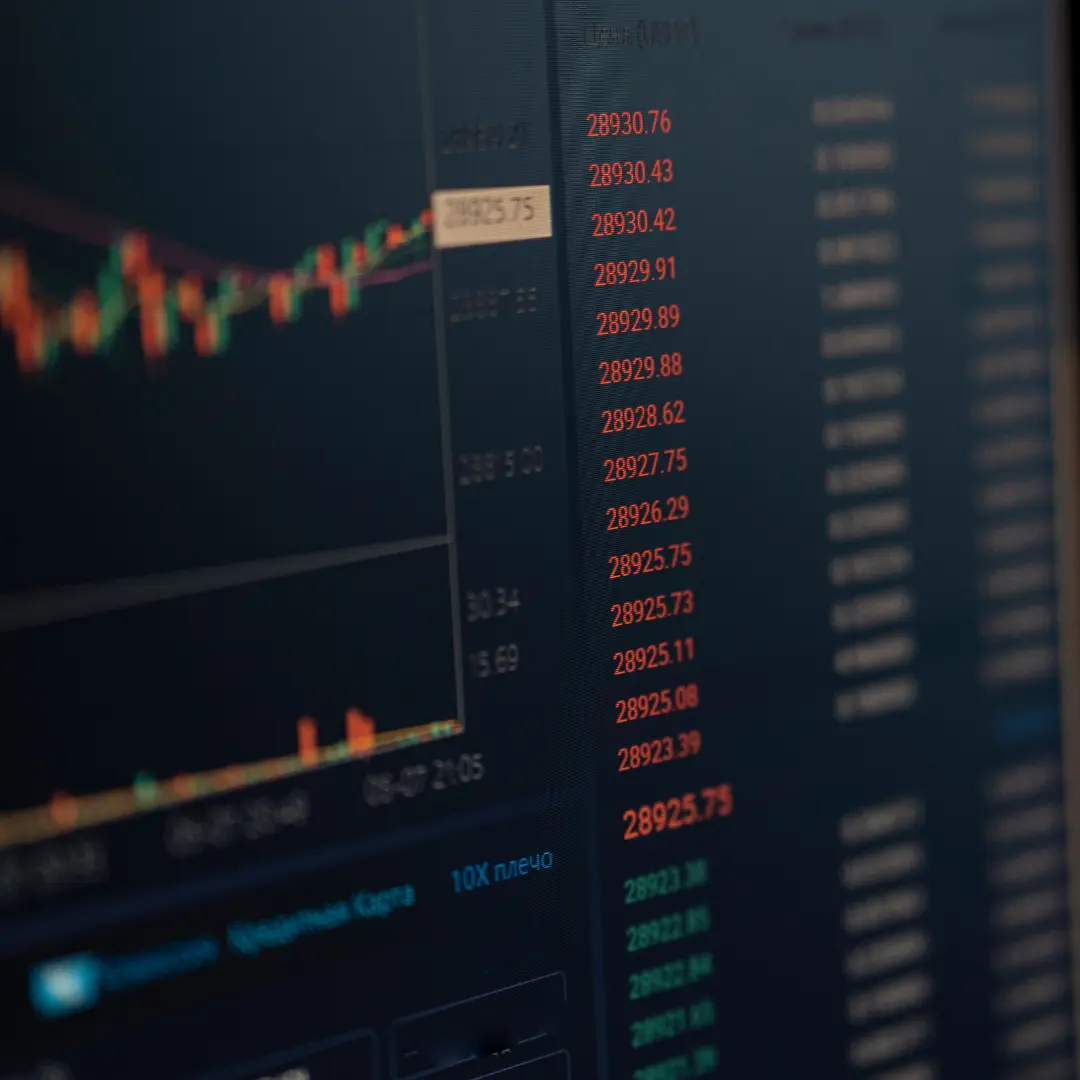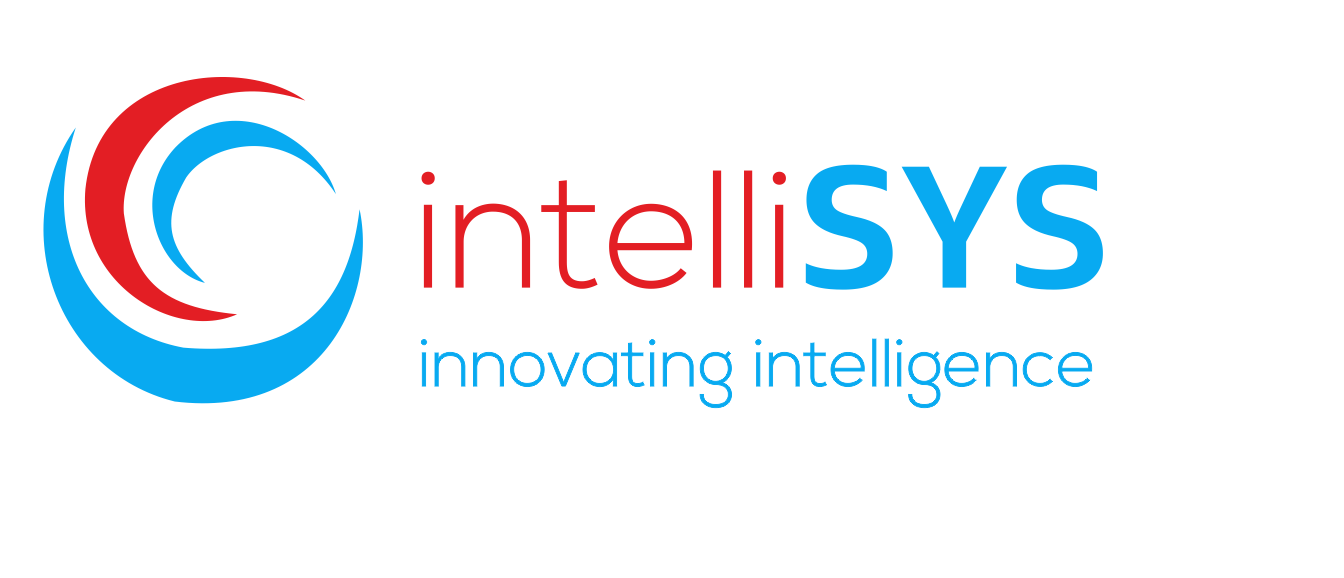Combatting Trade-Based Money Laundering (TBML): Challenges and Technology-Driven Solutions
Trade-Based Money Laundering (TBML) is one of the most complex and underreported forms of financial crime. It involves manipulating international trade transactions to disguise the origins of illicit funds. Unlike conventional money laundering schemes, TBML hides illicit proceeds behind legitimate-looking trade documentation, making it especially difficult to detect. The United Nations estimates that TBML accounts for hundreds of billions of dollars annually, often linked to organized crime, tax evasion, terrorism financing, and sanctions evasion. In this blog, we explore the mechanisms of TBML, why it’s hard to detect, and how financial institutions can leverage modern RegTech, AI, and data analytics to identify and stop trade-based laundering schemes.

What Is Trade-Based Money Laundering (TBML)?
TBML occurs when criminals use trade transactions to transfer value and obscure the origin of illicit funds. Common methods include:
- Over-invoicing: Inflating the value of goods to transfer extra money.
- Under-invoicing: Declaring lower prices to shift value without raising suspicion.
- Multiple invoicing: Submitting multiple invoices for the same shipment.
- Falsifying descriptions or quantities: Misrepresenting goods to evade detection or duties.
- Phantom shipments: Creating fake export/import records for nonexistent shipments.
These schemes exploit gaps in trade documentation, customs oversight, and banking systems.
Why TBML Is So Hard to Detect
- Complex Supply Chains
Criminals often route goods through multiple jurisdictions and intermediaries, obscuring the money trail.
- Legitimate Trade as a Cover
Unlike cash-based laundering, TBML is masked by seemingly legal trade flows, making red flags harder to spot.
- Lack of Centralized Oversight
Different parties—banks, customs, freight companies, and insurers—operate in silos, creating information asymmetry that criminals exploit.
- Document-Based Fraud
Traditional AML relies on transaction monitoring. TBML requires scrutiny of trade documents like invoices, bills of lading, and customs declarations—many of which are still handled manually.
Regulatory Expectations Around TBML
The Financial Action Task Force (FATF) has highlighted TBML as a global concern and recommends that member countries:
- Strengthen collaboration between financial institutions, customs, and law enforcement.
- Develop sector-specific red flags and TBML typologies.
- Incorporate trade data into anti-money laundering (AML) frameworks.
Key regulations and bodies addressing TBML:
- FATF Recommendation 13 – Focused on Correspondent Banking and trade finance.
- EU AML Directives (AMLD 5 & 6) – Require transaction monitoring that extends to trade flows.
- U.S. FinCEN – Issues advisories highlighting TBML vulnerabilities.
How Financial Institutions Can Detect TBML
- Enhanced Due Diligence in Trade Finance
Banks involved in letters of credit, guarantees, and trade financing must perform KYC and KYT (Know Your Customer, Transaction) to ensure:
- The legitimacy of goods.
- The authenticity of counterparties.
- Consistency between transaction values, quantities, and destinations.
Example: A bank might flag a $1 million invoice for a shipment of “plastic toys” destined for a low-income country as potentially suspicious.
- Automated Screening of Trade Documents
Modern AML platforms now integrate document verification using:
- Optical Character Recognition (OCR)
- Natural Language Processing (NLP)
- Data comparison algorithms
These tools automatically review trade documents to identify inconsistencies such as mismatched weights, duplications, or unrealistic prices.
- Red Flag Indicators for TBML
Common TBML indicators include:
- Trade with high-risk or sanctioned jurisdictions.
- Goods with disproportionate price-to-weight ratios.
- Mismatches between shipping documents and financial records.
- Repetitive trades of low-value goods with the same counterparties.
Involvement of shell companies or tax havens.
Technology-Driven Solutions to TBML
- AI and Machine Learning for Anomaly Detection
AI can analyze thousands of trade transactions to detect suspicious behavior. Use cases include:
- Comparing invoice values to global pricing benchmarks.
- Flagging transactions that deviate from a client’s normal trade profile.
- Spotting round-dollar amounts that suggest artificial invoicing.
Example: A machine learning model may detect that a customer consistently exports “medical gloves” at ten times the market price, triggering an alert.
- Trade Finance Analytics Platforms
Specialized RegTech platforms offer real-time trade data analysis, enabling institutions to:
- Monitor shipping routes, HS codes, and trade history.
- Visualize suspicious trade networks.
- Perform automated due diligence on buyers and sellers.
These platforms bridge the gap between AML and trade operations, offering full visibility across the trade lifecycle.
- Blockchain for Trade Transparency
Blockchain can provide a tamper-proof record of trade transactions, helping banks verify:
- The authenticity of documents.
- The chain of custody for goods.
- Proof of delivery and payment.
Governments and private consortia are already piloting blockchain-based trade corridors to increase transparency and reduce TBML vulnerabilities.
Case Study: TBML Detection in Practice
A global bank used AI-enhanced trade finance software to analyze thousands of documents across its Middle East trade corridor. The system detected:
- Repeat imports of “industrial fans” at inflated prices.
- The same UAE-based buyer appearing across unrelated supply chains.
- Shell companies in offshore jurisdictions linked to the buyer.
Further investigation revealed the “industrial fans” never existed—$12 million was being laundered using falsified documents. The case led to regulatory action and improved screening protocols.
Challenges to Overcome
Despite new tools, several challenges persist:
❌ Data Fragmentation
Trade data is scattered across different systems—banking, logistics, customs—making integration difficult.
❌ Lack of Global Trade Standards
Different countries classify and value goods differently, making cross-border comparisons harder.
❌ False Positives
Overzealous models may flag legitimate trades, straining investigation teams.
❌ Limited Collaboration
TBML detection requires collaboration between the private sector, regulators, customs, and law enforcement—but many institutions work in isolation.
Best Practices for Institutions Combatting TBML
✅ Implement integrated AML and trade finance systems to centralize data.
✅ Train compliance officers in trade document analysis and red flag recognition.
✅ Use external databases for sanctioned entities, commodity pricing, and trade routes.
✅ Foster partnerships with customs and shipping authorities to verify transactions.
✅ Regularly update transaction monitoring rules to incorporate emerging TBML typologies.
Conclusion
Trade-based money Laundering poses a unique and growing threat to global financial integrity. With vast sums moving through legitimate trade systems, banks must adopt a more proactive, data-driven, and collaborative approach to detection.
By combining enhanced due diligence, document analytics, and AI-powered monitoring tools, institutions can begin to close the gaps exploited by TBML schemes. And by aligning with global standards and cooperating across sectors, they can ensure trade remains a force for growth, not criminal concealment.
